
Landscaping with Ornamental Grasses: Texture, Movement & Water-Wise Beauty
Published: 23/10/2025 | Updated: 29/10/2025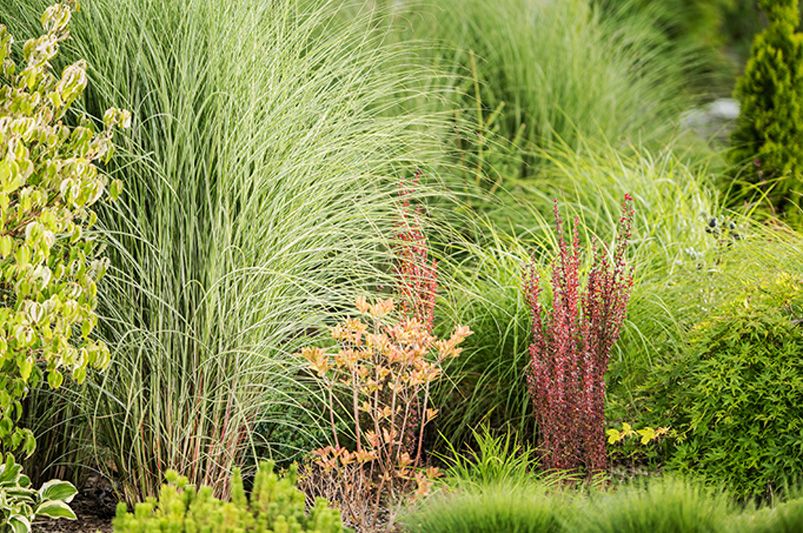
Few plants embody effortless elegance like ornamental grasses. They dance in the wind, shimmer in sunlight, and lend a sense of movement that softens hard edges in any yard. But beyond their visual charm, these resilient plants are eco-friendly powerhouses—thriving on little water, requiring minimal maintenance, and adapting to a wide range of climates.


If your goal is to design a landscape that feels alive yet sustainable, ornamental grasses deserve a starring role. Let’s explore how they can transform your garden into a dynamic, low-water masterpiece.
Why Ornamental Grasses Belong in Every Landscape
Modern landscapes demand plants that are both beautiful and practical. Ornamental grasses meet this challenge perfectly, offering lush texture, natural motion, and a wide spectrum of colors—from silver and green to deep burgundy.
Unlike traditional lawns or water-hungry plants, grasses like Blue Fescue, Feather Reed Grass, and Fountain Grass deliver vibrant visual impact without draining your water bill.
Design Tip:
Use ornamental grasses to:
-
Frame walkways and patios
-
Add softness near stone or concrete
-
Provide contrast beside succulents or flowering perennials
-
Fill large open spaces affordably
These adaptable plants elevate your yard’s design while aligning with sustainable landscaping principles.
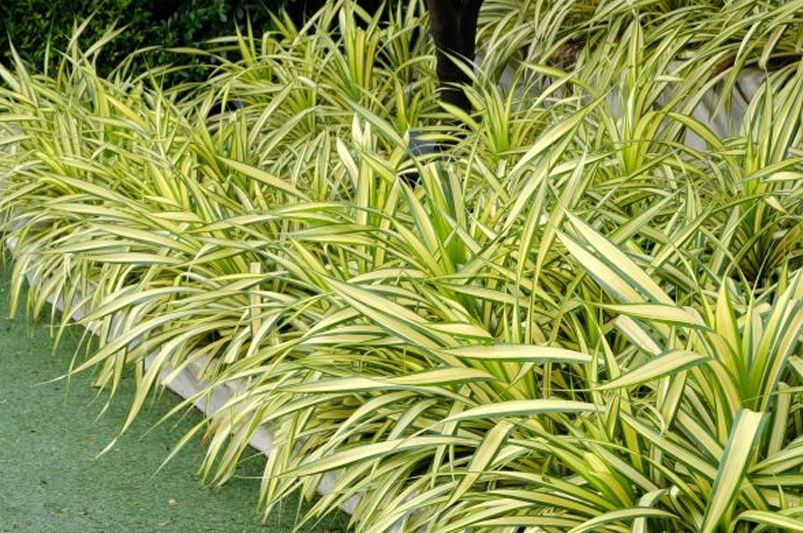
The Textural Magic: How Grasses Create Depth and Movement
Texture is what turns a flat garden into a captivating one. The fine blades, cascading tufts, and airy plumes of ornamental grasses create dynamic contrast among shrubs, trees, and flowers.
When the wind blows, the garden comes alive with gentle motion—creating a sensory experience of sight and sound that no static plant can match.
Visual Inspiration:
-
Pampas Grass adds dramatic height and feathery volume.
-
Blue Fescue offers compact mounds of soft blue-green blades.
-
Japanese Forest Grass (Hakonechloa) thrives in shade, bringing fluid texture to darker corners.
Together, these variations form a living tapestry that shifts gracefully with the seasons.
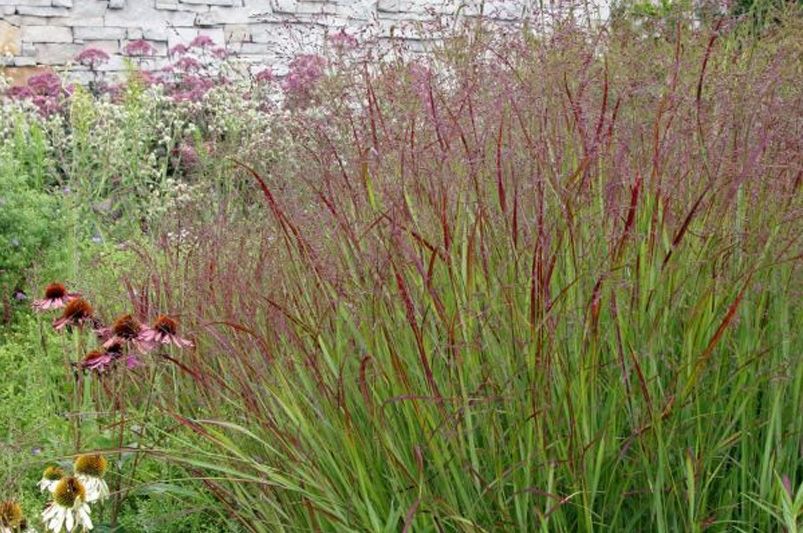
Designing Focal Points with Ornamental Grasses
In garden design, grasses act as anchors that guide the eye and establish rhythm throughout your space.
-
Tall varieties like Switchgrass (Panicum virgatum) or Miscanthus make stunning vertical focal points near entryways or at the back of borders.
-
Medium-height grasses, such as Little Bluestem, work well as mid-garden fillers or accent plants.
-
Low-growing options like Blue Oat Grass can edge pathways or complement flower beds.
Pro Tip: Combine different heights to create a sense of flow from one area to another, encouraging the eye to wander naturally through your landscape.
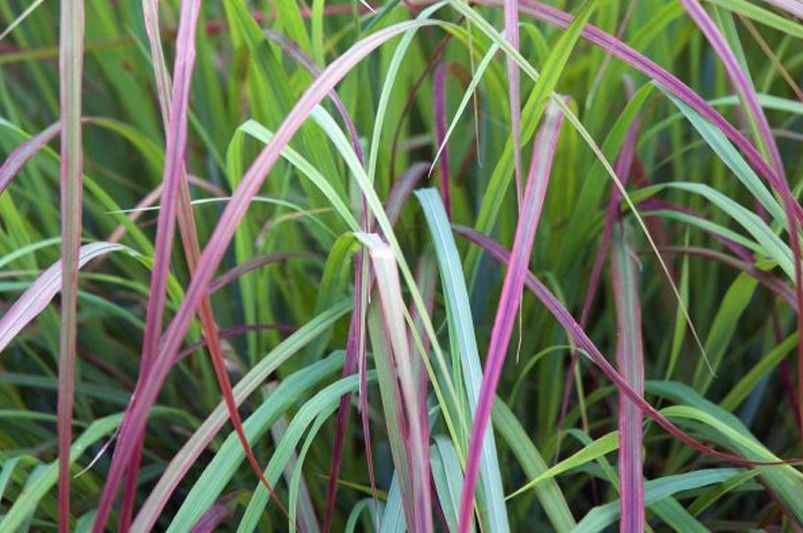
Drought Tolerance: Beauty That Conserves Water
One of the biggest reasons homeowners are turning to ornamental grasses is their low water demand.
In drought-prone regions like California, Arizona, or Nevada, traditional lawns are being replaced by drought-tolerant plants—and grasses lead the charge. Many species naturally thrive in dry, sandy soil and can survive on rainfall alone once established.
Smart Watering Practices:
-
Opt for native grasses such as Deer Grass (Muhlenbergia rigens) or Purple Threeawn (Aristida purpurea) for arid zones.
-
Use drip irrigation to minimize evaporation and deliver water directly to roots.
-
Mulch around bases to retain moisture and suppress weeds.
The result: a stunning, water-wise garden that saves money and supports local ecology.
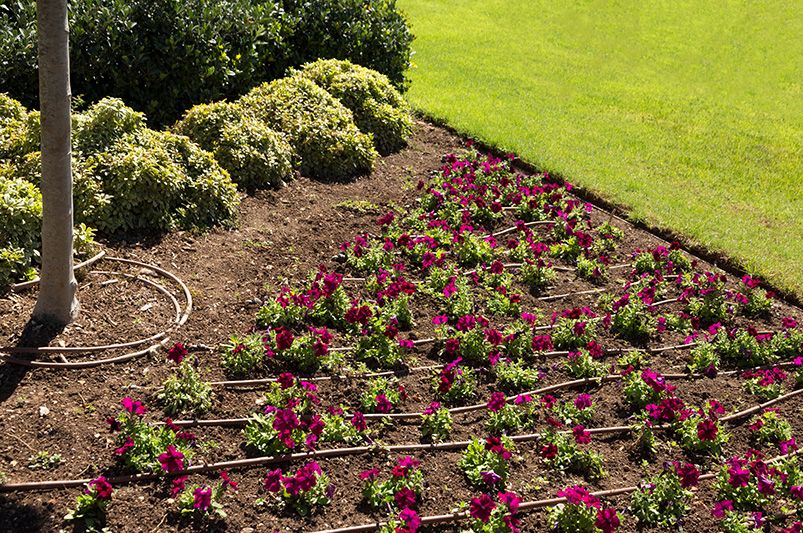
Choosing the Right Grass for Your Climate Zone
Not all ornamental grasses thrive in every region. Climate, soil type, and sunlight exposure determine which varieties will perform best.
Warm-season grasses (like Fountain Grass and Switchgrass) flourish in hot, sunny climates and remain lush through summer.
Cool-season grasses (like Blue Fescue or Feather Reed Grass) start early in spring and stay vibrant through cooler months.
Action Step:
Check your USDA hardiness zone and consult local nurseries or ShrubHub landscape designers to match the right species to your environment.
Minimal Maintenance, Maximum Reward
One of the greatest appeals of ornamental grasses is their low-maintenance nature.
Most varieties:
-
Require little to no fertilizer
-
Resist common pests and diseases
-
Only need to be cut back once a year
In late winter or early spring, simply trim the old growth to a few inches above the ground—new shoots will emerge quickly with renewed vigor.
Maintenance Tips:
-
Divide clumps every 3–4 years to prevent crowding.
-
Avoid overwatering once established.
-
Leave seed heads through winter for natural texture and wildlife shelter.
This effortless care makes ornamental grasses ideal for busy homeowners and anyone embracing low-maintenance landscaping.
Handling Overgrowth and Invasiveness
While most ornamental grasses are well-behaved, a few can spread more aggressively than desired. To prevent them from overtaking nearby plants:
-
Select non-invasive species (ask your nursery for local recommendations).
-
Install root barriers for fast-spreading types like Bamboo or certain Miscanthus varieties.
-
Regularly monitor and divide dense clumps.
Pro Insight: Native grasses are usually the safest and most balanced choice for ecological harmony and control.
Eco-Friendly Landscaping with Ornamental Grasses
Beyond aesthetics, these grasses play a key role in environmental sustainability:
-
Their deep root systems prevent soil erosion.
-
They improve soil health and encourage beneficial microorganisms.
-
Many provide habitat and food for pollinators and birds.
By incorporating ornamental grasses, you’re not just enhancing your yard—you’re contributing to a healthier ecosystem.
Conclusion: Transform Your Yard into a Living Canvas
From the whispering sway of tall plumes to the intricate hues of fine blades, ornamental grasses blend art, movement, and sustainability like no other plant group. They require minimal water, thrive in diverse climates, and lend timeless elegance to any design style—from desert modern to coastal casual.
If you’re dreaming of a garden that’s as low-maintenance as it is breathtaking, let ShrubHub’s design experts bring it to life. With our tailored landscape plans, you can achieve a water-smart, visually stunning outdoor space that’s uniquely yours.
Design a Water-Smart Landscape That’s Beautiful Year-Round
Download our free guide to discover how ornamental grasses can transform your outdoor space with natural texture, color, and effortless movement. Learn expert tips for low-water landscaping, climate-friendly plant selection, and design layouts that make your yard thrive — sustainably.
Bring Texture, Movement & Sustainability to Your Yard
Design Your Dream Low-Water Landscape with ShrubHub
Turn your yard into a vibrant, sustainable paradise with a professional design that incorporates ornamental grasses and other drought-tolerant plants. ShrubHub’s landscape experts will craft a personalized plan that matches your region, budget, and style.
Start Your Online Landscape Design Today and see how easy sustainable beauty can be.
FAQs
1. Are ornamental grasses truly low-maintenance?
Yes! Most ornamental grasses require little watering, minimal pruning, and rarely suffer from pests or diseases.
2. Can ornamental grasses survive in cold climates?
Absolutely. Many cool-season varieties, like Feather Reed Grass and Blue Fescue, thrive in cooler regions and remain attractive through frost.
3. How often should ornamental grasses be watered?
Once established, most only need watering during prolonged dry spells. Using drip irrigation can further reduce water use.
4. Do ornamental grasses attract wildlife?
Yes. Birds and beneficial insects often use ornamental grasses for shelter and nesting, making them a great eco-friendly choice.
5. When is the best time to trim ornamental grasses?
Trim them back in late winter or early spring before new growth begins to keep them tidy and healthy.


